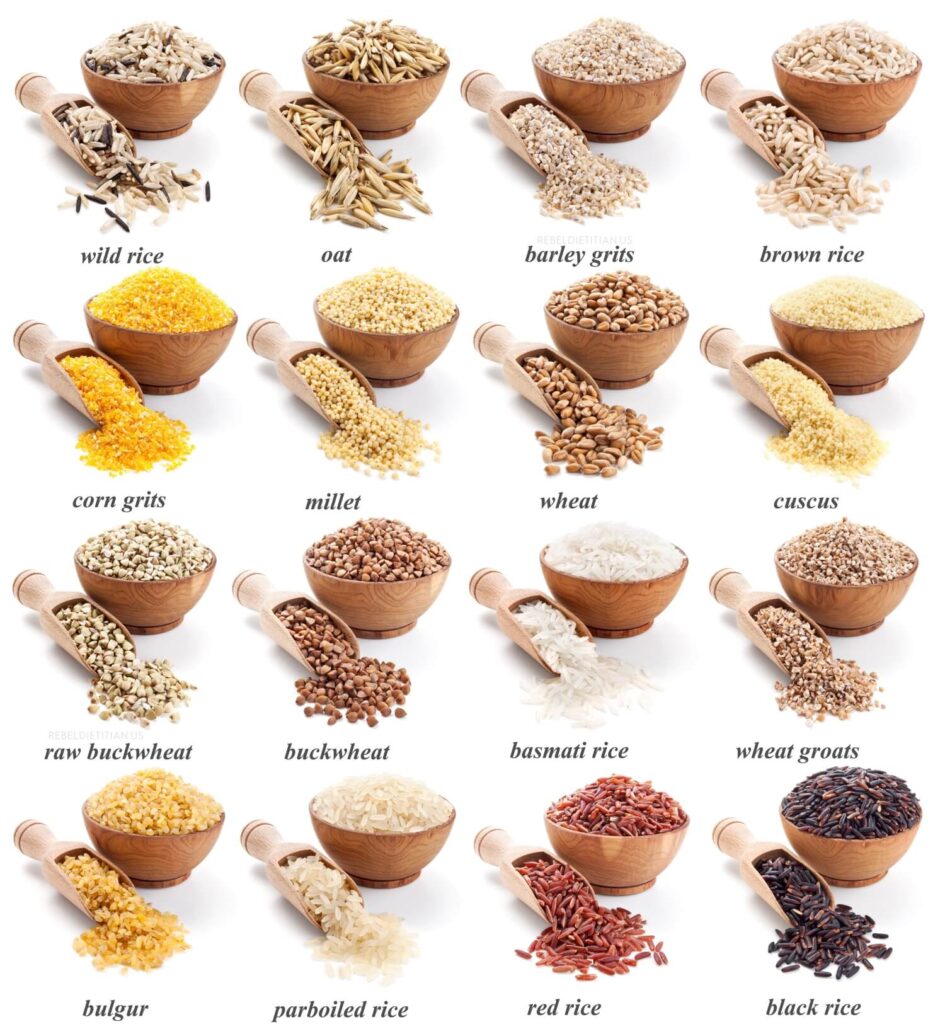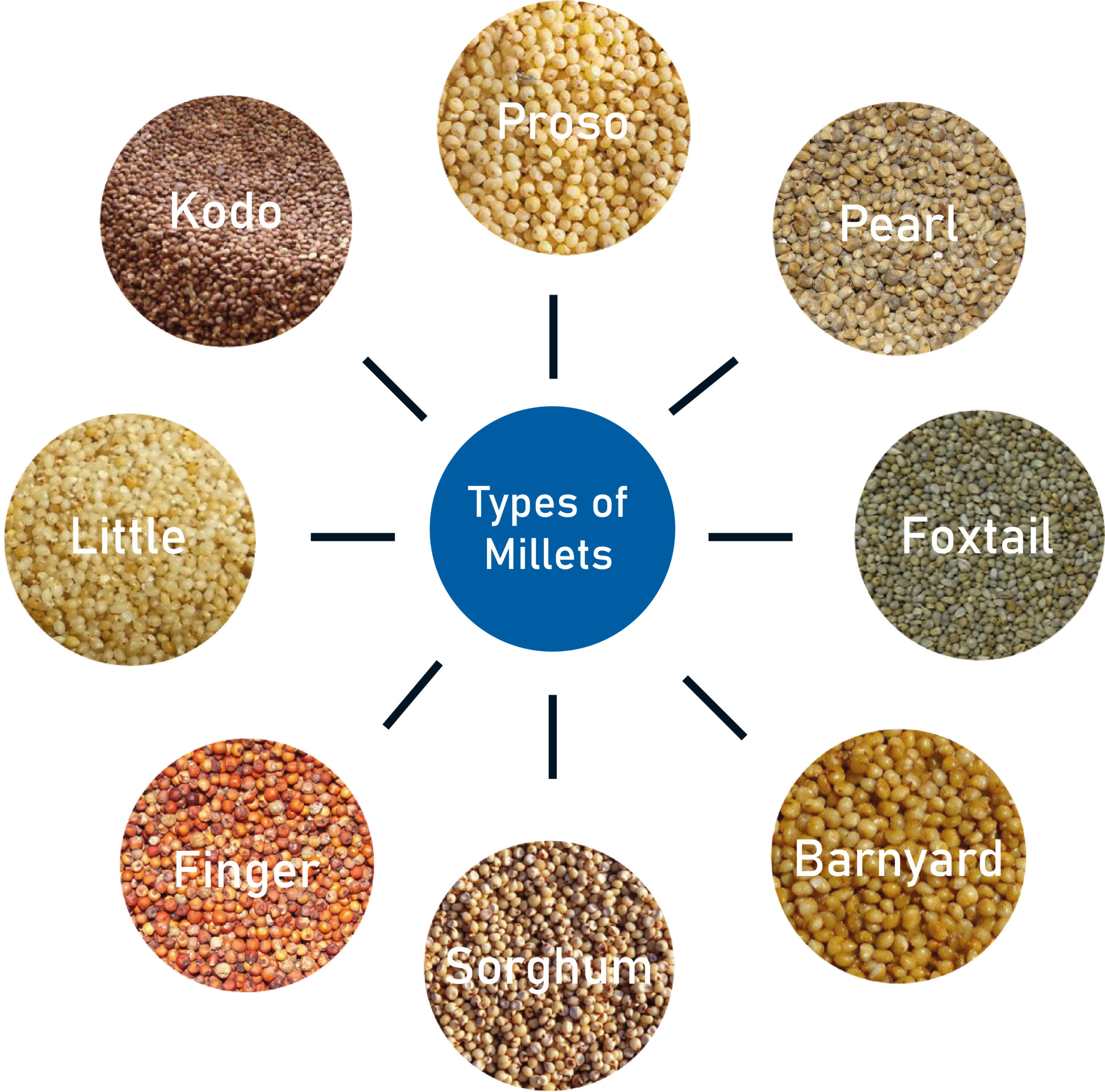Grains are the backbone of our diets, providing essential nutrients and a source of energy that fuels our daily activities. But did you know that grains come in various types, each with unique characteristics?
In this article, we’ll dive into the fascinating world of grains, exploring their types, characteristics, and benefits. If you’ve ever wondered what sets quinoa apart from brown rice, you’re in the right place.
What Are Grains and Why Do They Matter?
Before we delve into the world of grains, let’s briefly talk about what grains are. Essentially, grains are the seeds of cereal crops, and they’re a staple food in many cultures around the globe.
Not only do they serve as a primary source of energy, but they’re also packed with essential nutrients like fiber, vitamins, and minerals.
The Importance of Grains in Our Diet
Wondering why grains are important? They help regulate metabolism, support digestive health, and can even reduce the risk of chronic diseases.
Think of them as the solid foundation of a balanced diet—like the sturdy base of a house.
Types of Grains: An Overview
Grains can be classified into two primary categories: whole grains and refined grains. Whole grains contain all parts of the grain kernel, while refined grains have been processed to remove some of these parts.

Let’s dig a little deeper into each category.
Whole Grains
Whole grains are the superheroes of the grain world. They include barley, oats, quinoa, brown rice, and farro, with each type boasting unique nutritional profiles.
For example:
Oats
Oats are known for their heart-healthy benefits. Packed with soluble fiber, they can aid in lowering cholesterol levels.
They’re the perfect breakfast companion, whether in a warm bowl of oatmeal or cold overnight oats!
Quinoa
Often hailed as a superfood, quinoa is a complete protein, meaning it contains all nine essential amino acids.
It’s gluten-free and very versatile, making it a favorite among those with dietary restrictions.
Refined Grains
Refined grains, such as white rice and white bread, have undergone processing to remove the bran and germ. This often strips away many nutrients.
While refined grains can still offer some energy, they lack the fiber and vitamins found in their whole grain counterparts.
Nutritional Benefits of Different Grains
Each grain brings something different to the table in terms of nutrition. For example, brown rice is high in magnesium, while whole wheat provides substantial B vitamins.
By diversifying your grain intake, you can enjoy a well-rounded nutrient profile. But how do you incorporate these grains into your diet?
How to Incorporate Grains into Your Daily Diet
Don’t let the variety overwhelm you! You can easily include grains in meals by substituting refined grains with whole grains.
Try swapping out white rice for brown rice or using whole grain bread instead of white bread. Simple changes can make a world of difference!
Conclusion: Embrace the Grain Diversity
Understanding the different types of grains and their unique characteristics can empower you to make healthier dietary choices.
Whether you prefer the nutty flavor of quinoa or the chewy texture of barley, there’s a grain out there for everyone.
So get creative in the kitchen and enjoy the richtapestry of grains available!
FAQs
1. What is the difference between whole grains and refined grains?
Whole grains contain all parts of the grain, providing more nutrients, whereas refined grains have been processed to remove the bran and germ, losing many essential nutrients in the process.
2. Are all grains gluten-free?
No, not all grains are gluten-free. For example, wheat and barley contain gluten, while grains like quinoa and rice are naturally gluten-free.
3. How can I store grains to keep them fresh?
Store grains in a cool, dry place, preferably in airtight containers to protect them from moisture and pests. Most grains can be stored for several months if kept properly.
4. Can I use grains in desserts?
Absolutely! Grains can be great additions to desserts. Consider using oats in cookies or quinoa in puddings for a nutritious twist!
5. How do I know which grains to choose?
Choose whole grains whenever possible. Look for items labeled “100% whole grain” and pay attention to the ingredients list when buying processed foods.

